20 Rare Pics of Indian Railways From The Past You Have Never Seen Before
From India’s first locomotive engine, ambulance car on Bengal Nagpur railway, to women weaving at Madra station in 1946, here are some rare but amazing pictures of Indian Railways.
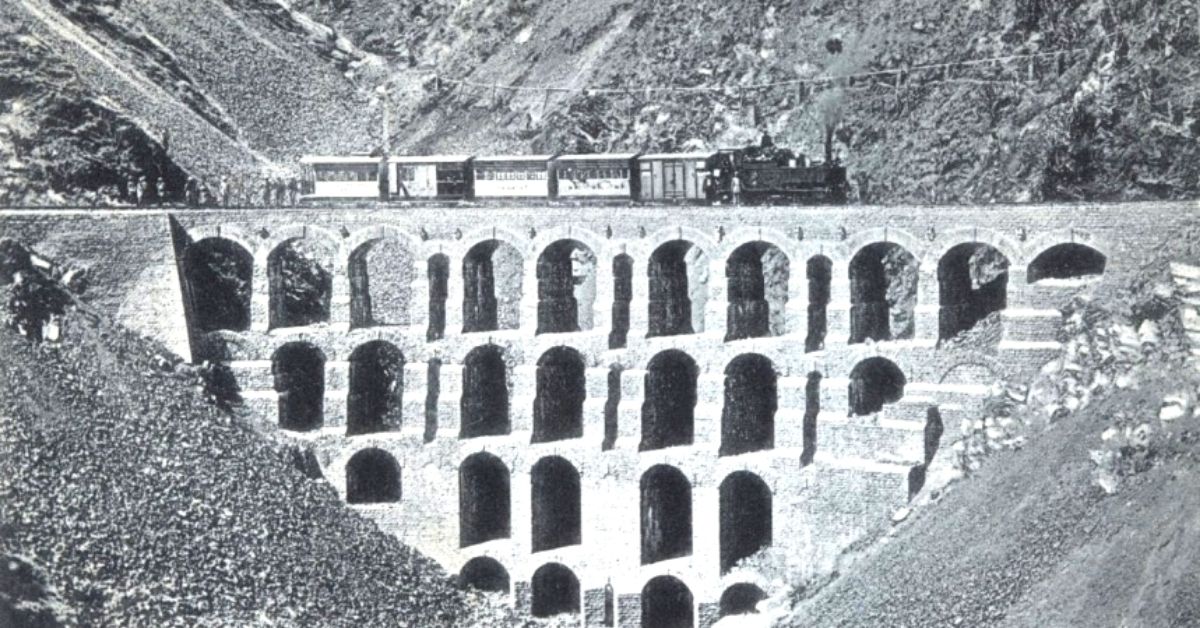
Indian Railways made history on 16 April 1853 by launching its first-ever passenger train on a 34-kilometre journey from Mumbai to Thane, carrying 400 people.
Cut to 2020, 167 years later, India has the world’s third-largest railways network operated on a total length of 127,760 km. It has 7,000 stations, 1.3 million employees, and a carrying capacity of 24 million on an everyday basis.
A by-product of the British Raj, railways were established when traders from the UK came to India in search of the cotton crop. Since the rich crop was produced in various parts of undivided India, traders found it difficult to transport them to ports that would eventually take it to England through ships.
In 1843, Lord Dalhousie proposed to establish a link between ports of Bombay, Calcutta, and Madras by rail.
On his direction, George T Clarke, an engineer, started studying the hinterland routes. A few years later, the Great Indian Peninsula Railway was formed. The GIPR, a predecessor of the Central Railway, signed a formal contract with the East India Company to construct and operate a railway line connecting Khandesh in the Bombay presidency and Berar in Hyderabad.

Under the leadership of James John Berkeley, the Chief Resident Engineer, India’s first passenger train was started.
This gave birth to what would be called ‘India’s lifeline’–the railways.
While India’s first passenger ran in 1853, the electric train was not far behind. In 1925, an electric train with four cars was flagged off by then Bombay Governor Sir Leslie Orme Wilson. It ran from Bombay VT (now Chhatrapati Shivaji Terminus Mumbai) to Coorla (now Kurla) on harbour line.
Over the years, the staggering network became the pride of our country.
But did you know what India’s first locomotive engine looked like? Or how Mumbai’s Churchgate station looked without the millions of people travelling every day?
We, at The Better India, have collated some of the finest pictures of Indian railway’s glorious past:

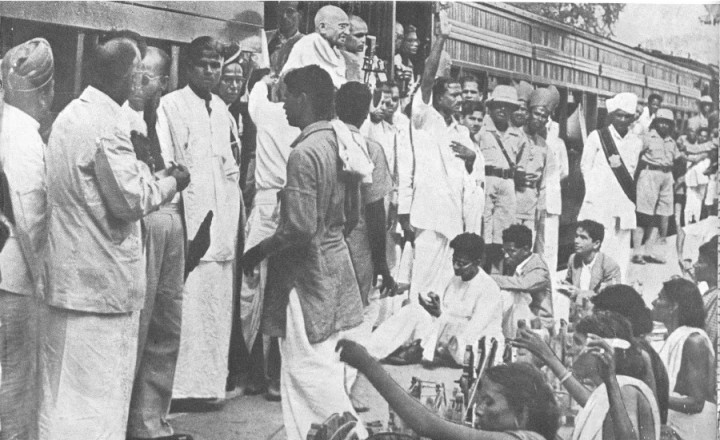
Source: Nehru Memorial Museum and Library
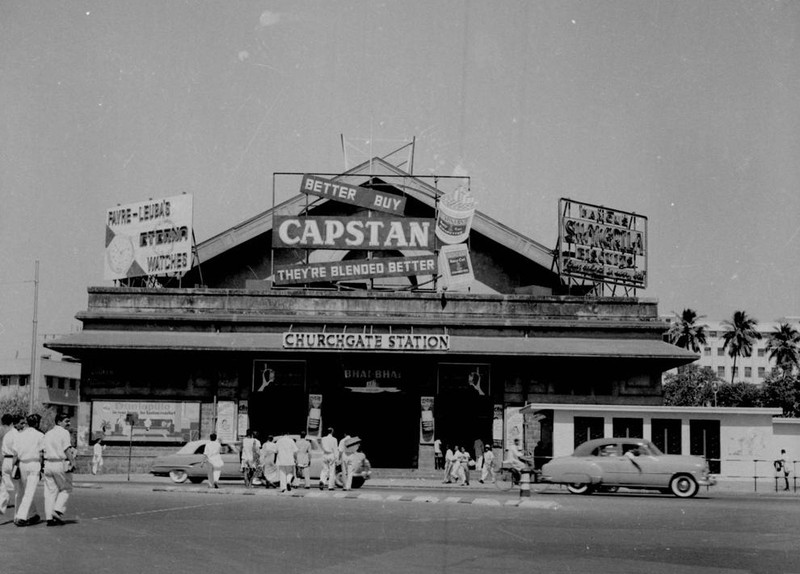
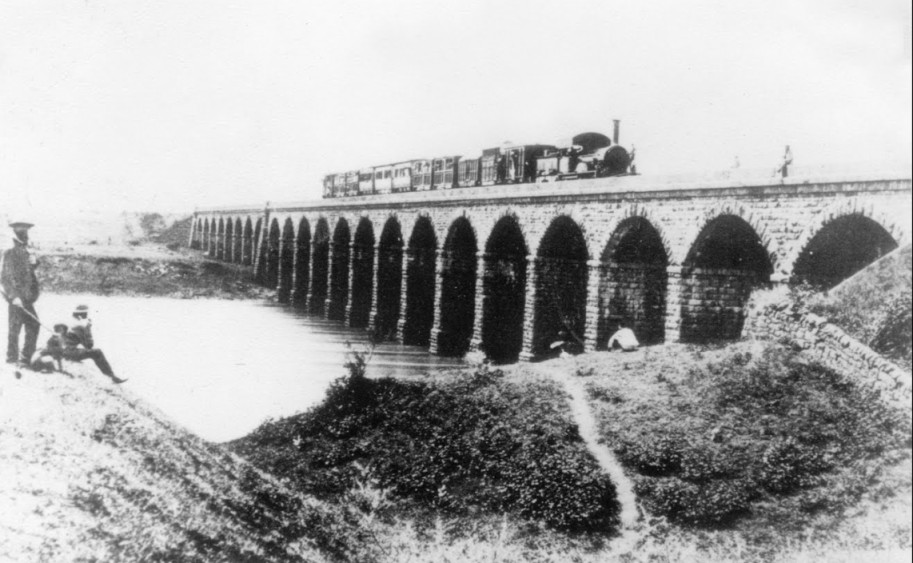
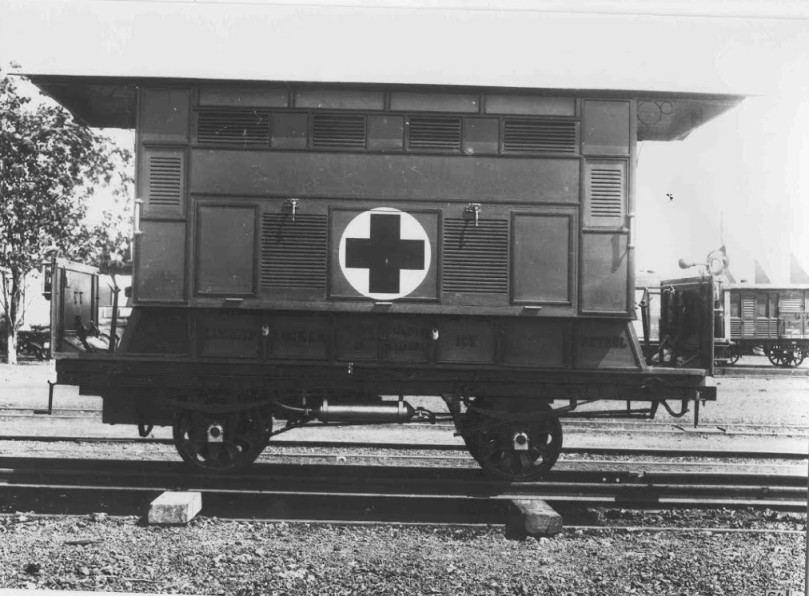
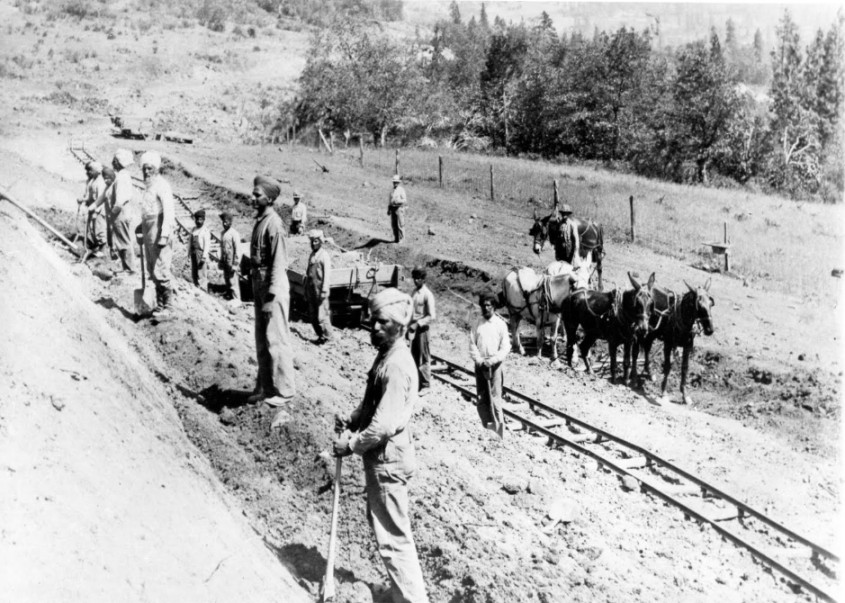
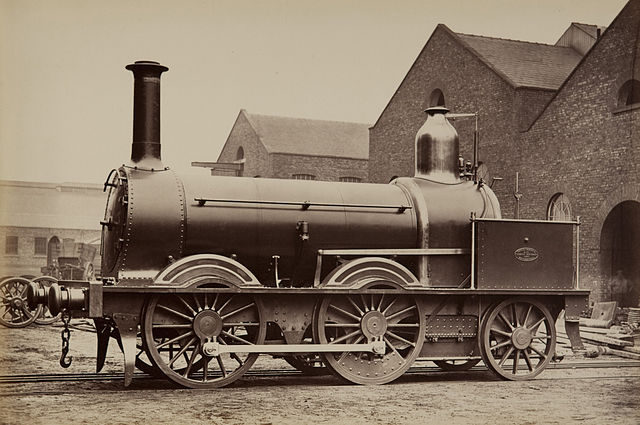
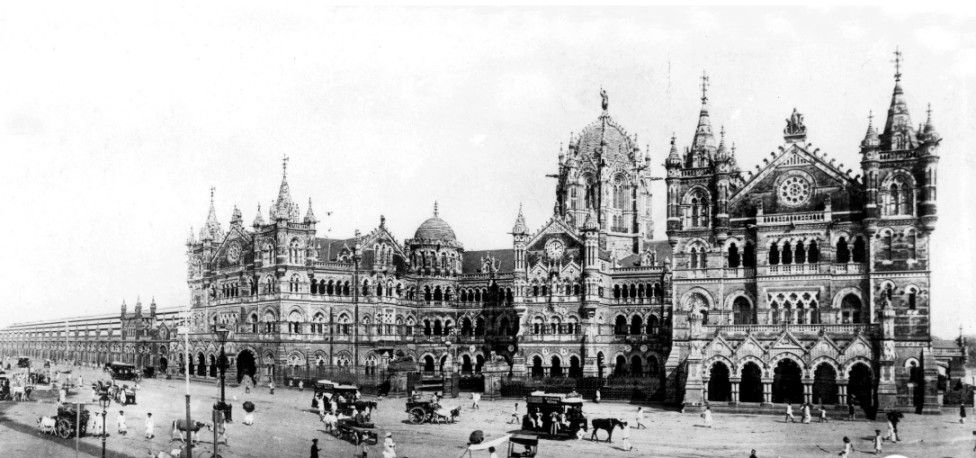
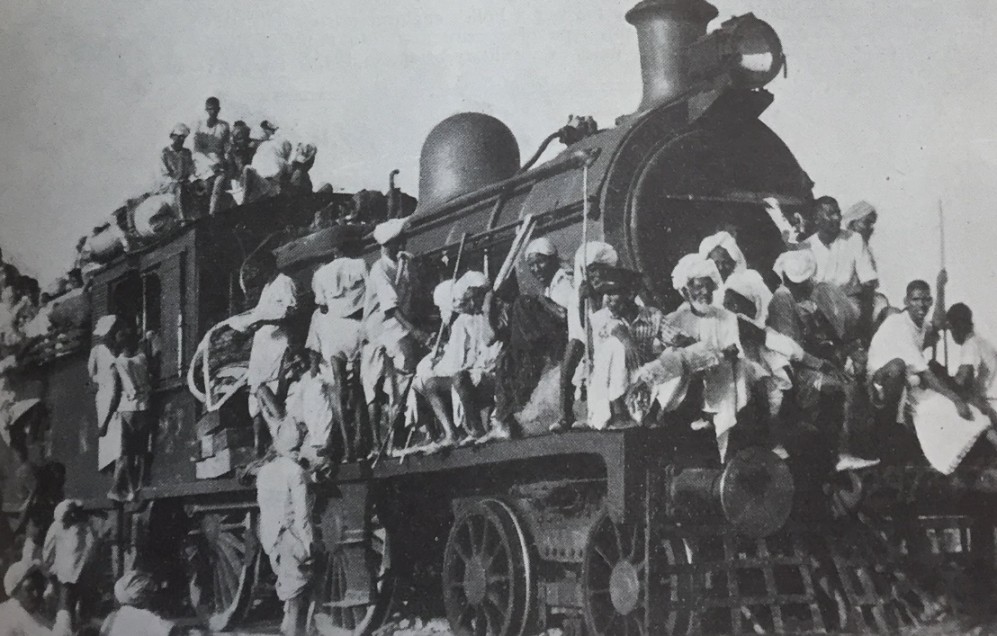
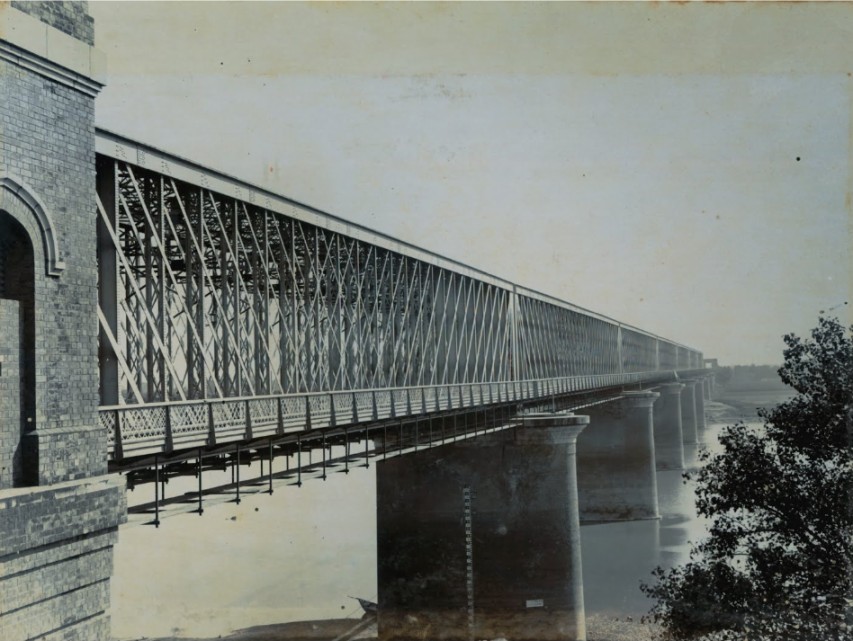
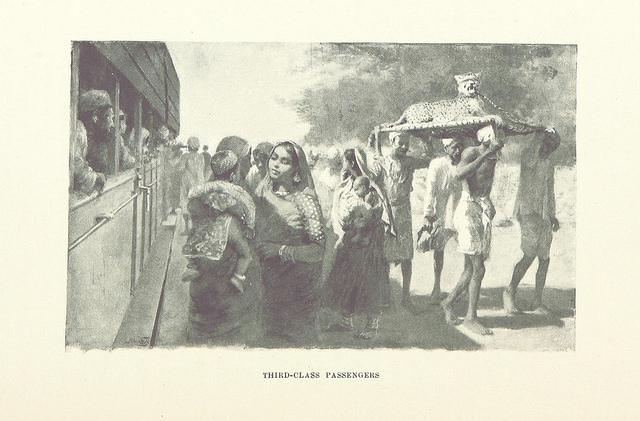

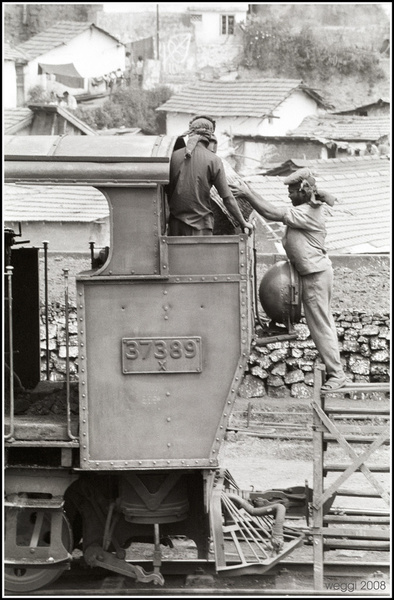

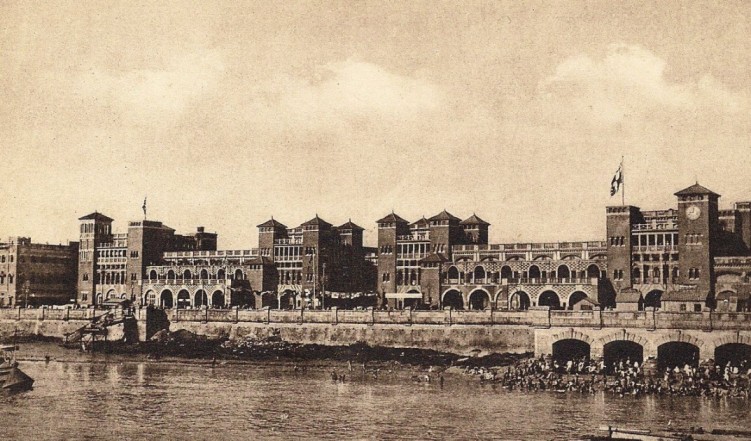
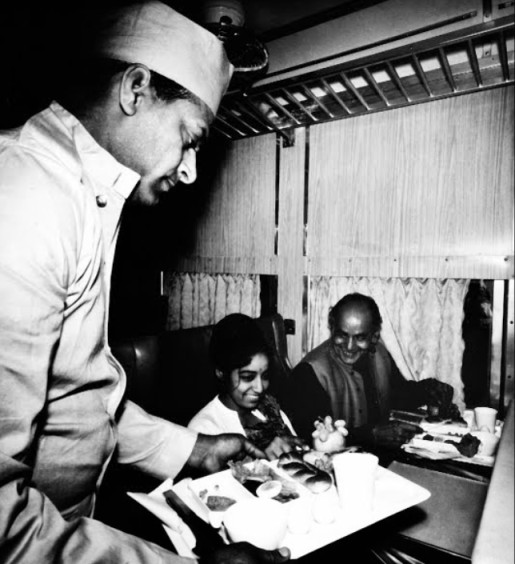
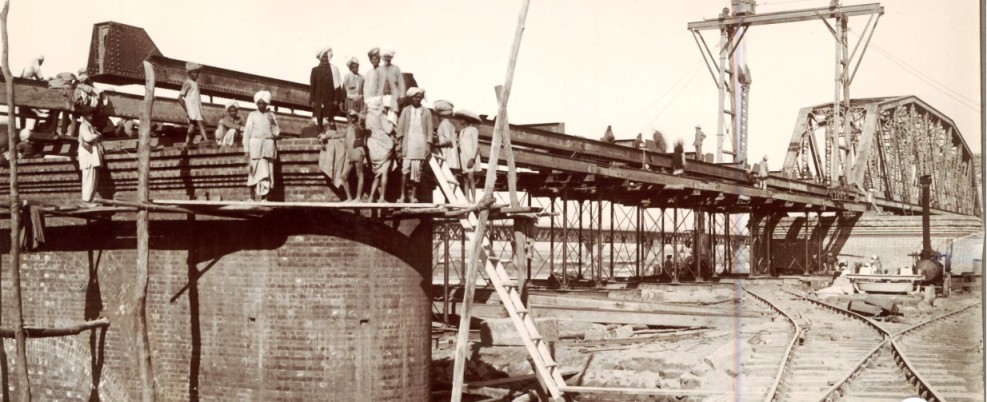
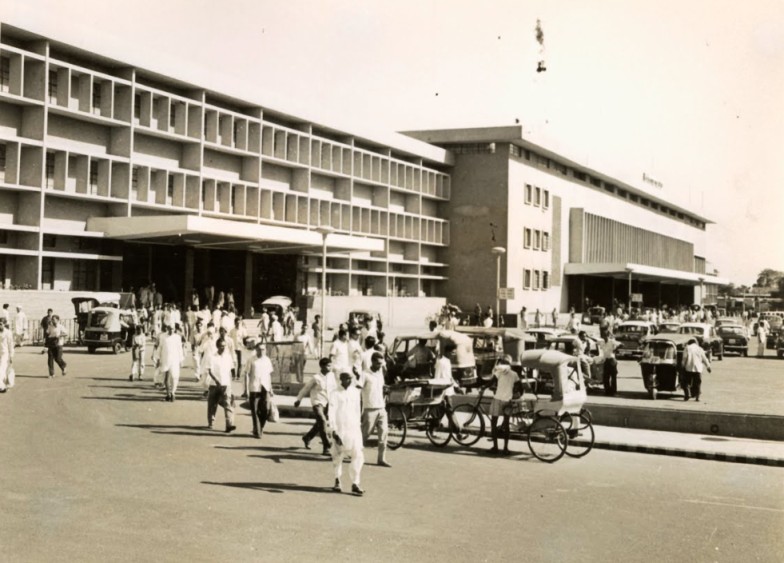
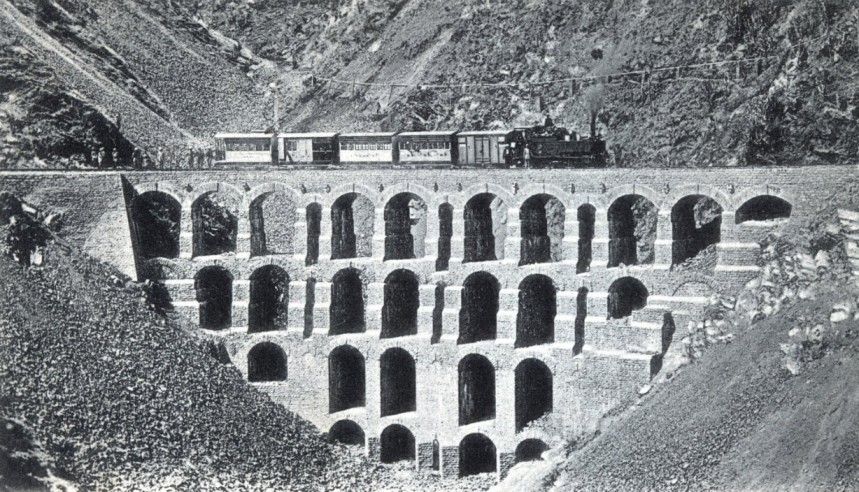
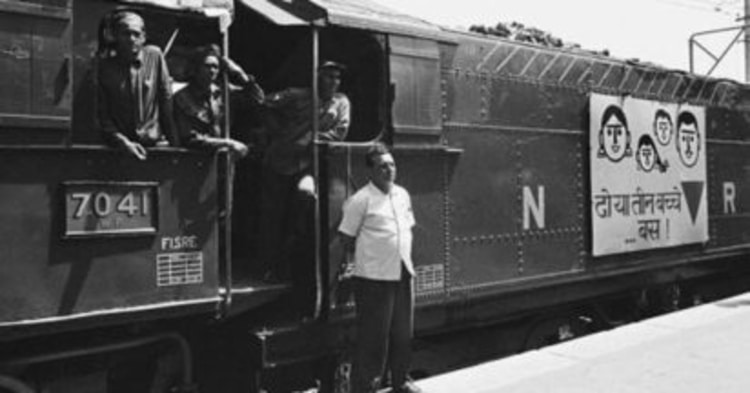
(Edited by Shruti Singhal)
Like this story? Or have something to share?
Write to us: [email protected]
Connect with us on Facebook and Twitter.
If you found our stories insightful, informative, or even just enjoyable, we invite you to consider making a voluntary payment to support the work we do at The Better India. Your contribution helps us continue producing quality content that educates, inspires, and drives positive change.
Choose one of the payment options below for your contribution-
By paying for the stories you value, you directly contribute to sustaining our efforts focused on making a difference in the world. Together, let’s ensure that impactful stories continue to be told and shared, enriching lives and communities alike.
Thank you for your support. Here are some frequently asked questions you might find helpful to know why you are contributing?


This story made me
-
97
-
121
-
89
-
167













